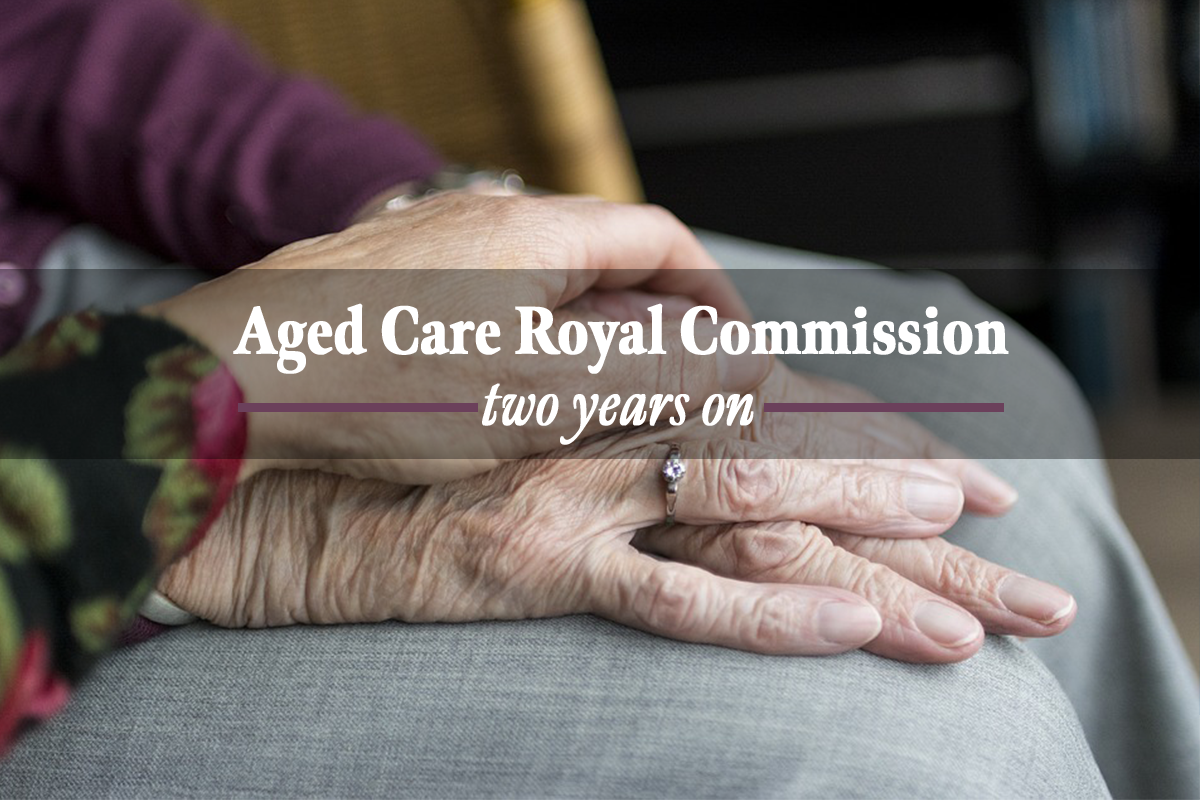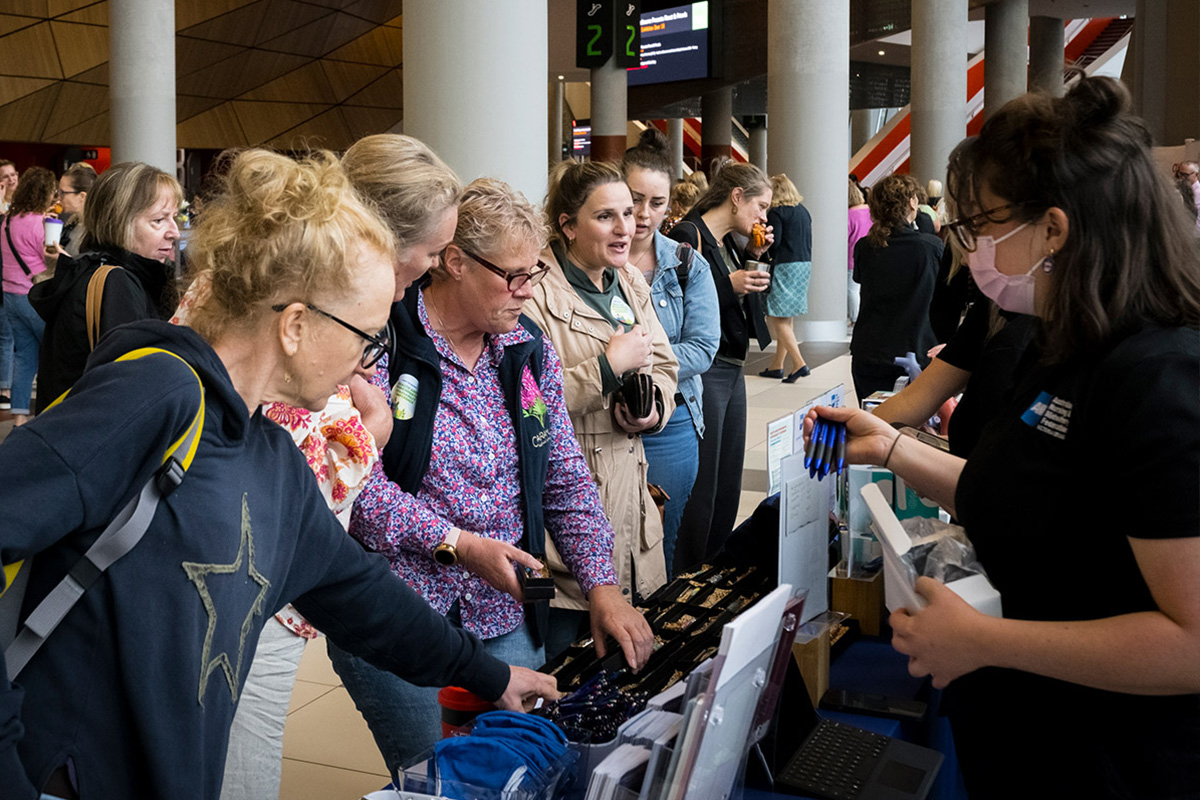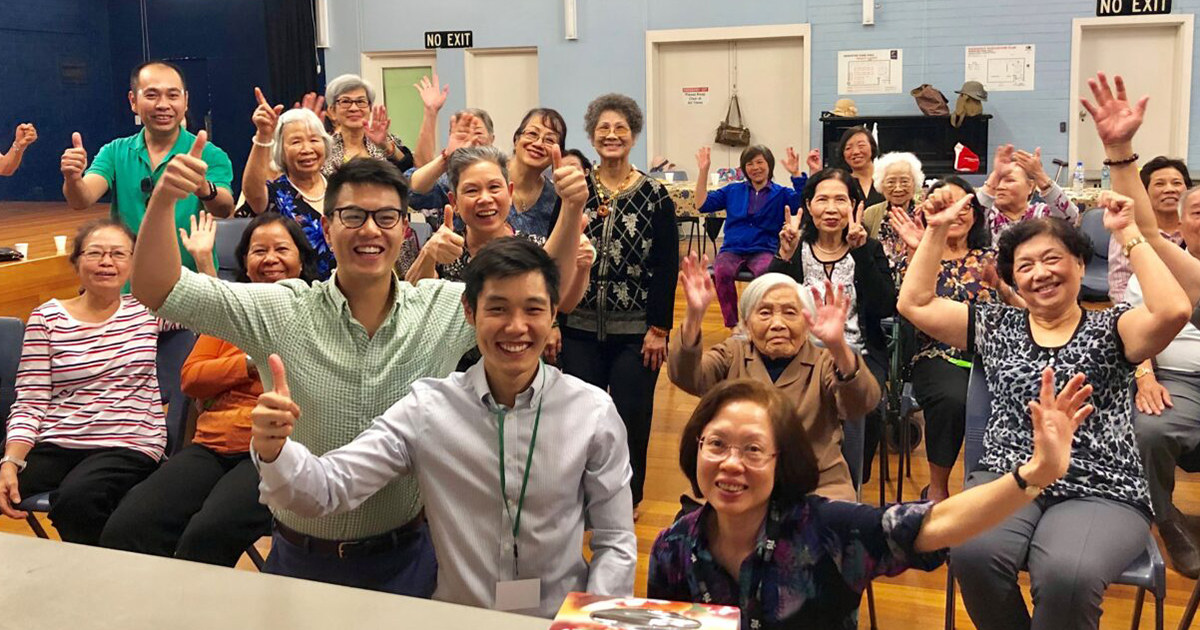
Victorian Department of Health and Human Services Secretary Kym Peake
Public aged care facilities which have to comply with legislated nurse to resident ratios can be flexible with staffing, the Victorian Department of Health and Human Services Secretary Kym Peake told the aged care royal commission.
Ms Peake told the royal commission’s hearing enquiring into workforce issues on 16 October that the department expected ‘clinical judgment to be exercised’ when it came to staffing. Public aged care homes can roster above legislated ratios to care for residents with higher acuity.
Private aged care employers’ argument against mandated staffing ratios is that they are ‘a blunt instrument’. But ratios were not intended to be a ceiling on staffing but the minimum necessary for safe and quality care, Ms Peake said.
Ms Peake gave the example of Austin Hospital’s Wattle House Lodge, where there is rostering above ratio on morning shifts to care for residents with challenging behaviours.
She told the royal commission the Victorian Government provides $97.8 million per year in subsidies to public residential aged care homes, of which $78.3 million contributes to the wage costs of nurses required under nurse to resident ratios.
Ms Peake said there was a much higher referral from private aged care homes to ‘in-reach’ services because the clinical expertise of registered nurses was not as available in-house as it is within the public aged care sector.
Ms Peake’s evidence is available from the Royal Commission into Aged Care Quality and Safety website as a transcript and video recording.




